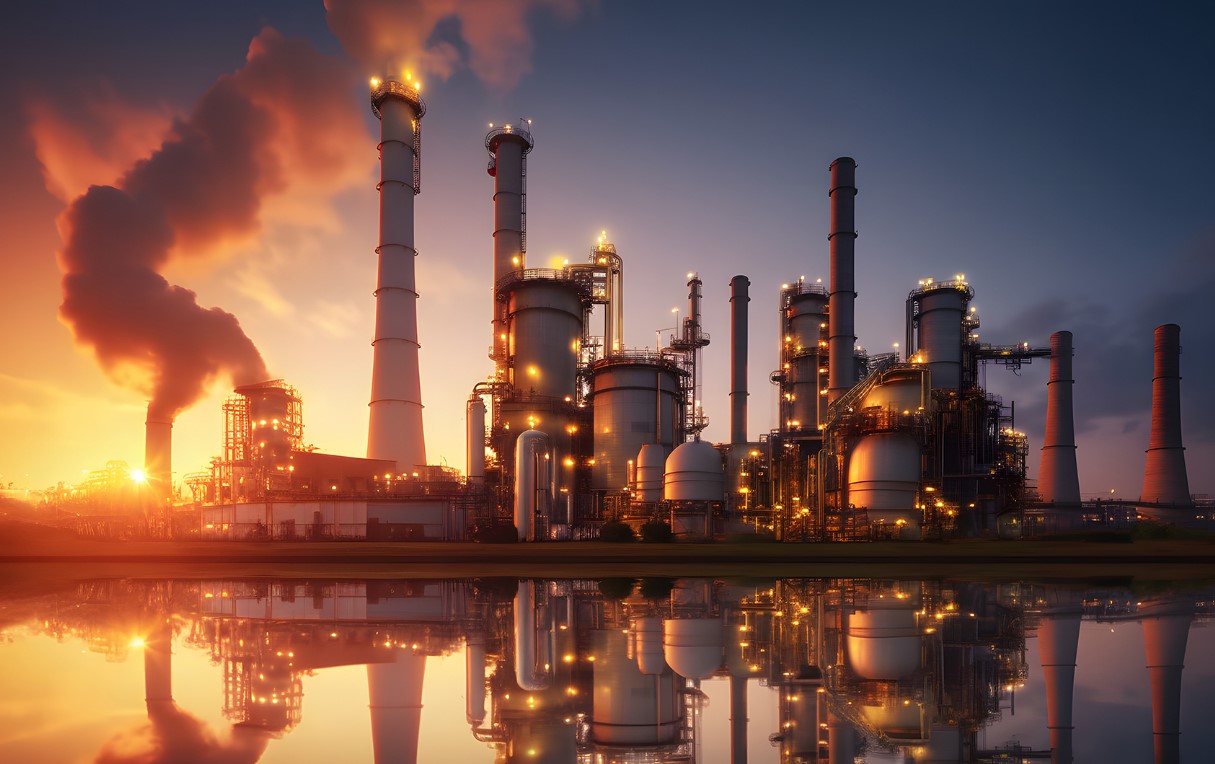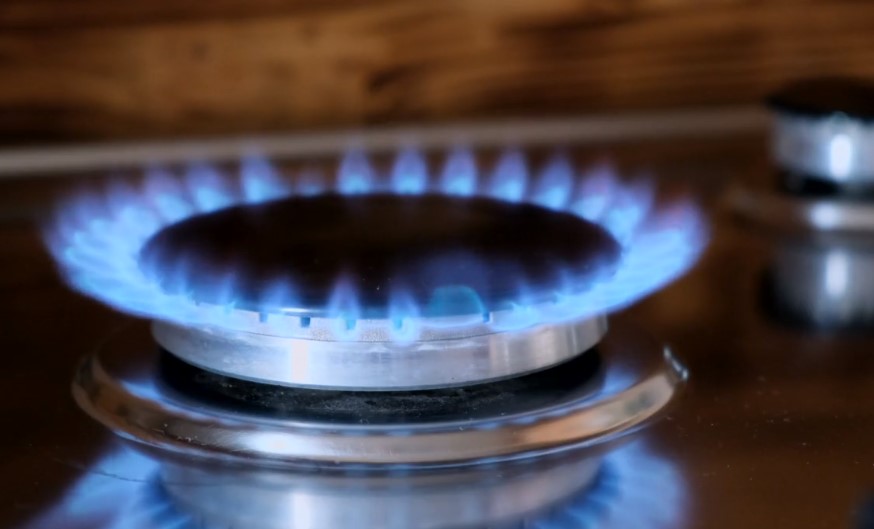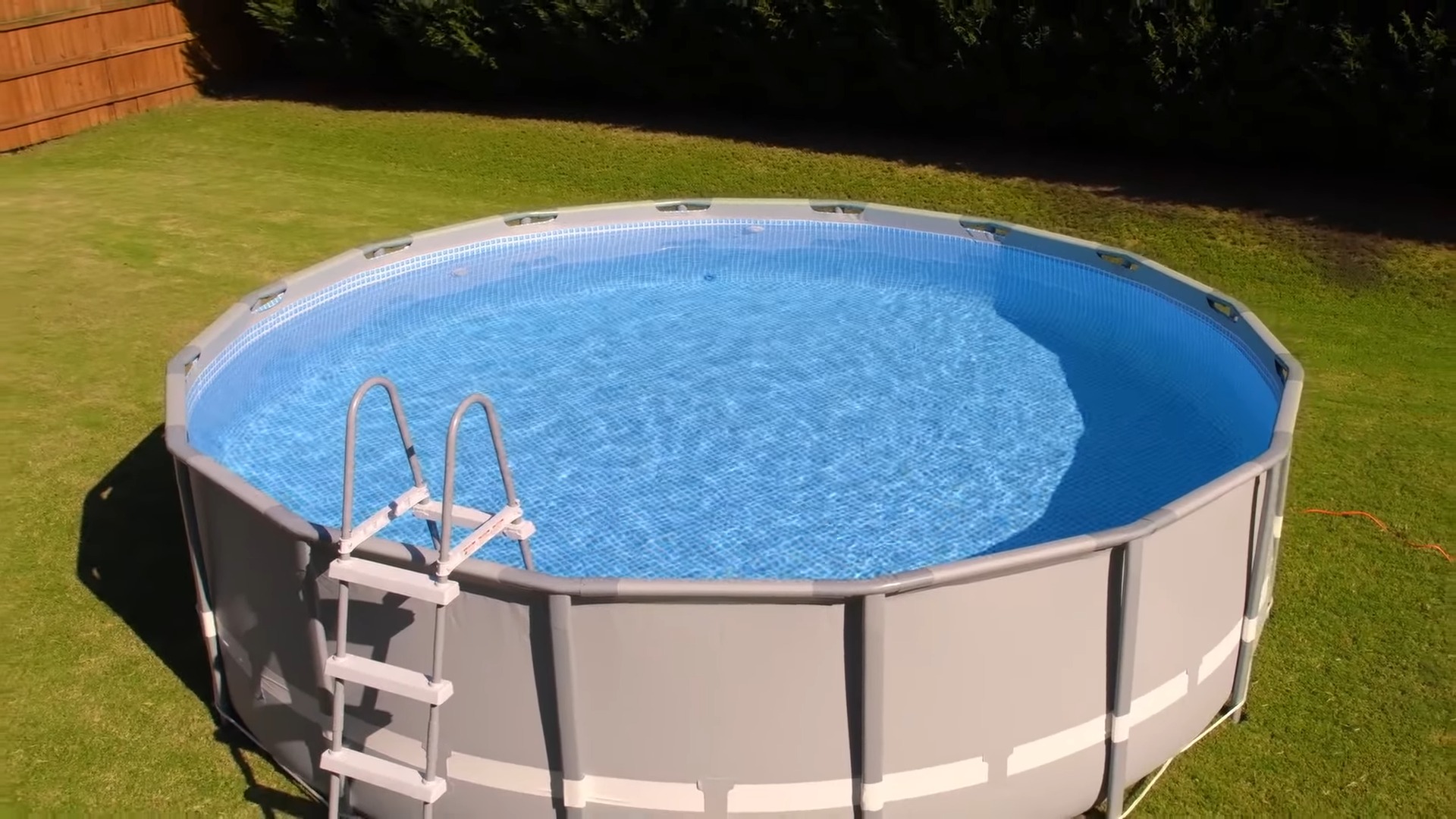The quest for the least polluting source of energy is crucial in our era of environmental awareness and climate change. Energy is the linchpin of modern societies, driving everything from industry to the warmth of our homes.
However, the quest to find the cleanest power source is not just a matter of scientific curiosity; it is a pressing necessity. In this exploration, we delve into the various power sources and identify the most environmentally benign options, offering insights for a cleaner tomorrow.
Renewable Energy
Renewable energy, derived from natural processes that are replenished constantly, stands at the forefront of clean power sources. Solar, wind, hydroelectric, geothermal, and biomass power are primary players in this domain.
Solar and wind power, in particular, shine as beacons of hope. Solar panels convert sunlight into electricity without emissions, while wind turbines harness air currents to generate power. Both have a negligible carbon footprint once installed and operational. Read more about renewable power sources.
Nuclear Energy

Nuclear energy, often mired in controversy, is another significant contender. Unlike fossil fuels, nuclear reactors do not produce air pollution or carbon dioxide while operating. The primary environmental concern with nuclear power is radioactive waste, which requires meticulous management.
Nevertheless, in terms of immediate air quality and greenhouse gas emissions, nuclear power is remarkably clean.
Hydroelectric Power
Hydroelectric power, generated by the energy of moving water, is a time-tested clean source. Large-scale hydroelectric dams have been pivotal in providing renewable sources.
However, their environmental impact, including habitat disruption and methane emissions from reservoirs, cannot be overlooked. Despite these concerns, hydroelectric power remains a significant clean source, especially in regions with abundant water resources.
Geothermal Energy
Geothermal energy taps into the Earth’s internal heat to generate electricity and direct heating. This source is not only clean but also reliable and constant, unlike the intermittent nature of solar and wind energy. The environmental impact of geothermal power is minimal, primarily localized to the site of the power plants.
Biomass Energy
Biomass energy involves using organic materials like plant matter and waste to generate electricity or heat. While it is renewable, its cleanliness is a subject of debate.
Burning biomass releases carbon dioxide, but the growth of new biomass can offset these emissions. The sustainability of biomass depends on careful management and sourcing.
Emerging Technologies and Future Prospects
Emerging technologies, including advanced solar cells, tidal power, and hydrogen fuel, are expanding the horizon of clean energy possibilities. Research and innovation continue to play a pivotal role in developing new, less polluting power sources. These technologies promise a future where clean energy is not only possible but also practical and prevalent.
The Role of Policy and Regulation
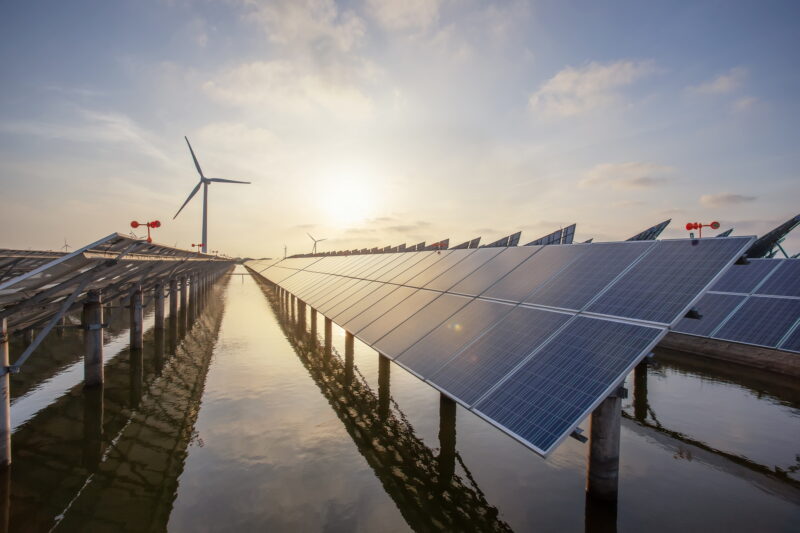
Effective policy and regulation play a crucial role in shaping the future of energy. Governments worldwide are tasked with creating frameworks that encourage the adoption of clean power while phasing out polluting sources.
Incentives for renewable power, carbon pricing mechanisms, and stricter emissions standards are examples of how policy can steer the energy sector towards sustainability. This regulatory landscape is dynamic, reflecting the evolving understanding of environmental impacts and technological advancements.
Energy Efficiency
While the focus is often on finding cleaner power sources, energy efficiency is an equally critical component of the sustainability equation. Improving power efficiency means getting more from the energy we already produce, reducing the overall demand.
Innovations in building design, transportation, and industry can significantly lower power consumption, complementing the shift to cleaner sources. Energy efficiency is the unsung hero in the quest for sustainability, offering immediate reductions in pollution and greenhouse gas emissions.
Consumer Choices and Community Action
The transition to cleaner energy is not just a top-down process; consumer choices and community action play a pivotal role. From opting for renewable power sources in homes to supporting clean power initiatives, individuals can drive significant change.
Community-scale projects, like local solar or wind installations, not only provide clean energy but also foster a sense of ownership and responsibility towards the environment.
Consumer demand for cleaner energy can influence market trends and accelerate the adoption of sustainable practices.
Challenges in Transitioning to Clean Energy
The path to a future powered by clean power is fraught with challenges. The intermittent nature of solar and wind energy necessitates innovations in energy storage and grid management.
The scalability of renewable power infrastructure, investment requirements, and the need for skilled workforce are other hurdles. Furthermore, the transition must be equitable, ensuring that communities dependent on traditional power sectors are not left behind.
Addressing these challenges requires a holistic approach, combining technological innovation with social and economic strategies.
Global Collaboration for a Sustainable Future

Climate change and environmental degradation know no borders, making global collaboration essential in the pursuit of clean energy. International agreements, shared research, and technology transfer are critical in harmonizing efforts across nations.
Developing countries, in particular, need support in leapfrogging to clean energy technologies, bypassing the polluting stages of development experienced by industrialized nations.
A collective approach to clean energy is not just an environmental imperative but a cornerstone of global stability and equity.
Looking Ahead: Innovations and Possibilities
The future of power is one of continuous innovation and discovery. Advances in solar panel efficiency, wind turbine design, battery technology, and carbon capture are just the tip of the iceberg.
As researchers delve into new materials and technologies, the potential for breakthroughs that could revolutionize the energy sector is immense. Moreover, the integration of artificial intelligence and data analytics in energy systems offers unprecedented opportunities for optimization and efficiency.
The journey towards the least polluting source of energy is an ongoing endeavor, fueled by human ingenuity and a commitment to a sustainable planet.
End Note
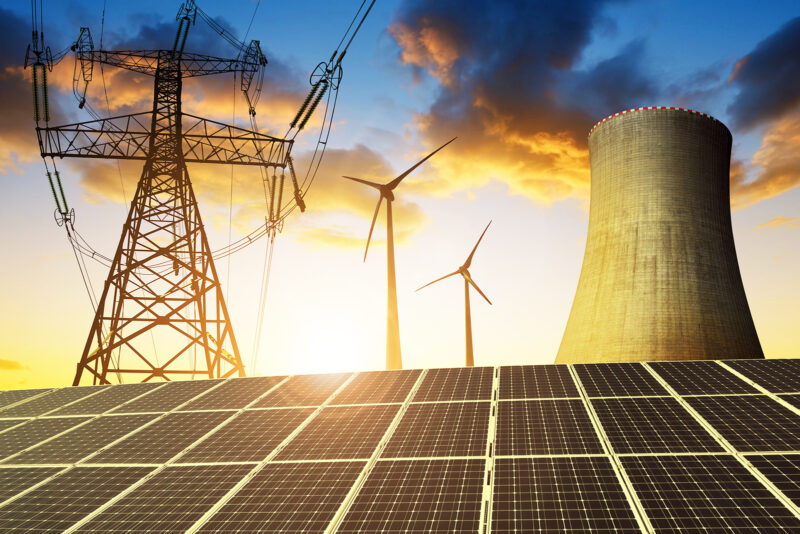
In summary, the quest for the least polluting source of energy is multifaceted, involving a mix of renewable sources, technological advancements, policy interventions, and individual actions. Solar and wind sources stand out for their minimal environmental impact, while nuclear power remains a potent, low-emission option.

